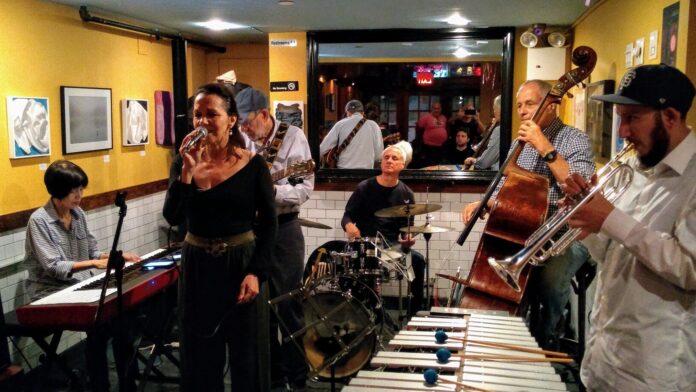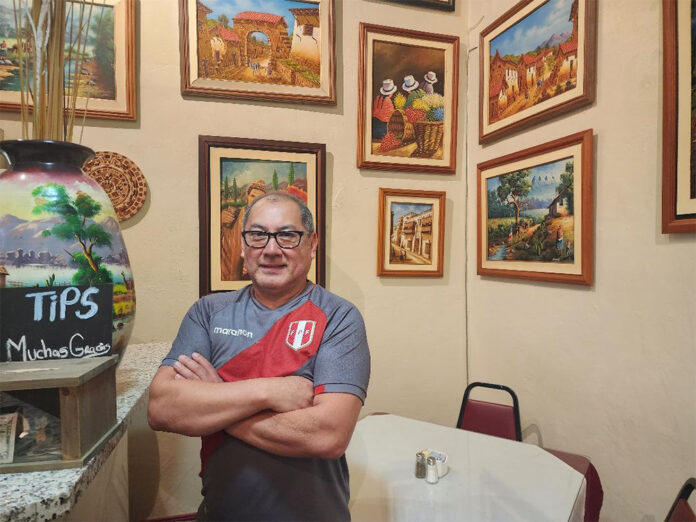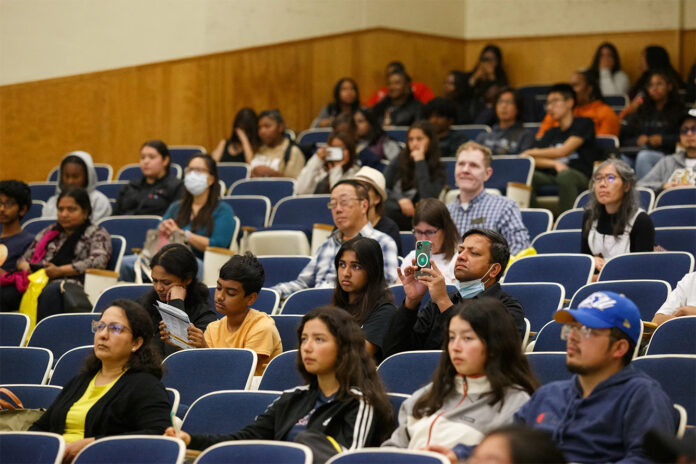by Marvin Ramírez
Hair loss affects millions worldwide, and while various factors contribute to it, one lesser-known cause is follicle infections. Many have found that natural remedies like lime juice can help combat hair loss and restore growth.
Lime juice, rich in vitamin C and natural acids, possesses antimicrobial and cleansing properties. When applied to the scalp, it eliminates bacteria and fungi that cause inflammation and weaken follicles. “Lime juice stops hair from falling because hair loss often results from follicle infections,” says Carlos Mendez, a natural health enthusiast.
Research supports the antibacterial and antifungal properties of citrus fruits, particularly limes. These properties help maintain a healthy scalp by reducing dandruff, irritation, and excess oil—factors that can weaken follicles. “Lime juice tightens skin and pores, reducing oil that clogs follicles,” explains Dr. Laura Espinoza, a dermatologist specializing in scalp conditions. “This keeps follicles clean and free from infections, which are a common cause of hair loss.”
Many people who experienced thinning or baldness report noticeable improvements. “After weeks of applying lime juice, I noticed less hair falling out,” says Julia Rojas, who struggled with shedding. “Over time, new hair grew in thinning areas. It was incredible!”
Applying lime juice is simple. Extract fresh juice and massage it into the scalp. Leave it for 15-20 minutes before rinsing. Some people mix it with coconut oil or aloe vera to prevent dryness. “Lime juice alone is potent, so I mix it with coconut oil to keep my scalp moisturized,” advises Manuel Ortiz, who uses lime juice for hair regrowth.
Another method is to apply lime juice to the scalp at night, cover the head with a t-shirt, and leave it overnight. This can be done two or three times a week. Additionally, applying lime juice during the day to thinning areas is beneficial. “You can spread lime juice on the thinning spots, and people won’t notice,” suggests Ortiz.
Although beneficial, lime juice can cause irritation, especially for sensitive skin. A patch test is recommended. Also, avoid sun exposure after application to prevent scalp irritation or burns. “Wash it off thoroughly before going outside, as it increases sun sensitivity,” warns Dr. Espinoza.
However, some people apply lime juice by itself at night and experience no irritation. They just wash it off in the morning.
Experts emphasize that while lime juice promotes follicle health, it is not a cure-all. Genetics, hormones, and nutrition also affect hair health. “Lime juice can help, but persistent hair loss requires professional consultation,” adds Dr. Espinoza.
Some suggest combining lime juice with other natural ingredients for enhanced benefits. Aloe vera, known for its soothing properties, can reduce potential irritation, while coconut oil provides hydration, preventing excessive dryness.
Despite these considerations, many testimonials highlight lime juice’s potential as an inexpensive natural remedy. “I was skeptical at first, but after seeing results, I believe in its effectiveness,” says Rojas. “Nature provides incredible solutions.”
For those seeking natural alternatives, lime juice may be worth trying. With its antimicrobial properties and scalp-cleansing ability, it offers a simple, effective way to maintain hair health and potentially restore lost hair.














